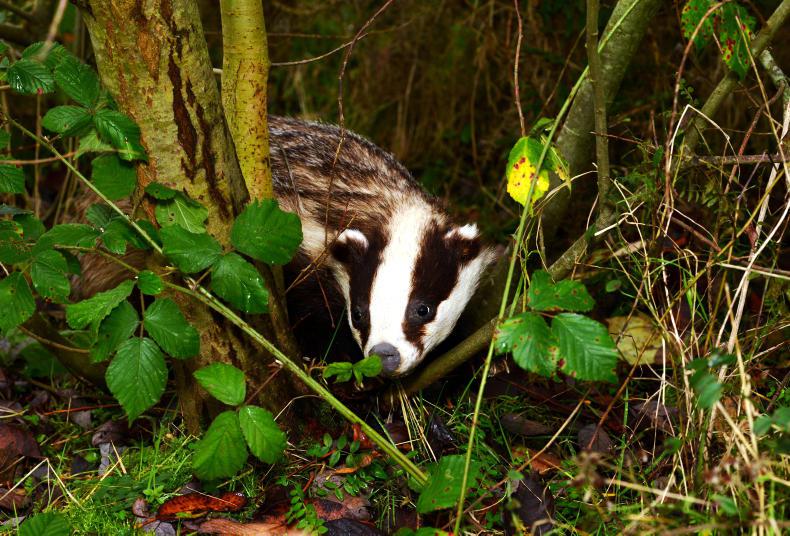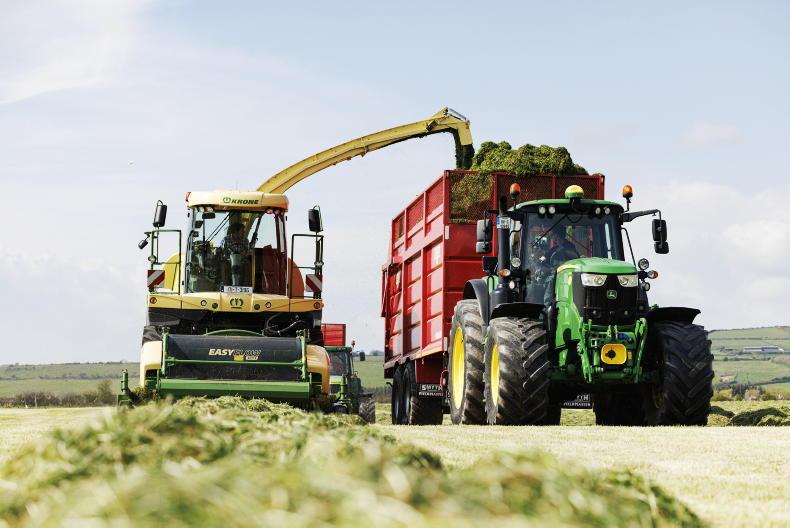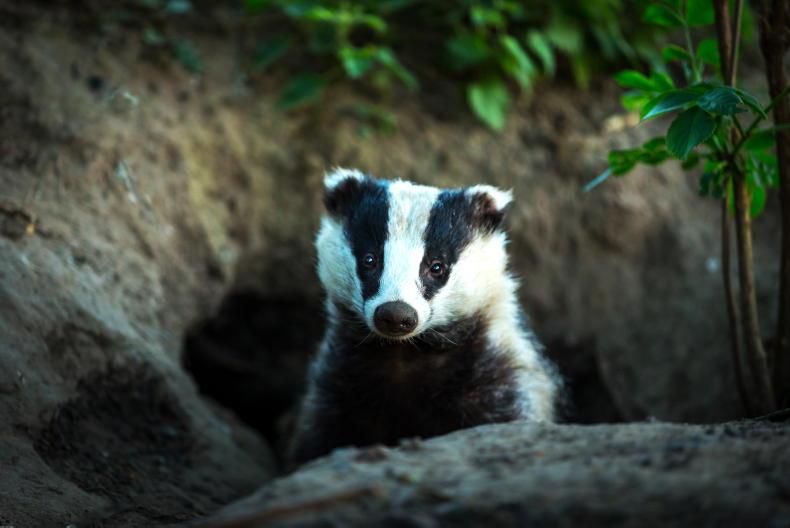Almost half of all roadkill badgers that are infected with TB at the time of death are likely to give a false negative result when they are tested by DAERA.
As reported last week, results from the Department’s long-running Badgerline project show that 17% of roadkill badgers tested positive for TB over the past five years.
However, concerns have been raised about the sensitivity of the test, with some suggesting that the actual rate of TB among badgers in NI could be almost twice as high as the official figures indicate.
Research shows that the sensitivity of the standard TB test which is used on dead badgers is around 55%. This means that 45% of badgers that are truly infected with TB are not detected by the test.
Similar to cattle, the absence of visible lesions in badgers does not mean that TB is not present
A study published in the scientific journal Veterinary Record found that the standard post-mortem test led to under-detection, especially in badgers that had no visible TB lesions. Similar to cattle, the absence of visible lesions in badgers does not mean that TB is not present.
Standard test
Under the standard post-mortem test, if a badger has no visible lesions, a tissue sample is taken for a culture test in a lab to see if TB bacteria are present.
“Latent or early infections are likely to contain only small numbers of bacteria in a limited number of tissues that may not be detectable,” the research paper states.
There is clearly scope to improve the sensitivity of the standard protocol
A much more detailed test is available which gives fewer false negative results, although the researchers acknowledge that this test involves “considerable extra expense that could not be justified as a routine procedure”.
However, they argue that some aspects of the detailed test could be used more widely.
“There is clearly scope to improve the sensitivity of the standard protocol,” the paper reads.
A similar problem with false negative results also faces scientists who try to detect TB in living badgers.
For example, the field test which was used in the recent Test and Vaccinate or Remove (TVR) project in Co Down has a low sensitivity of around 42%.
This means less than half of badgers that are infected with TB give a positive result.









SHARING OPTIONS